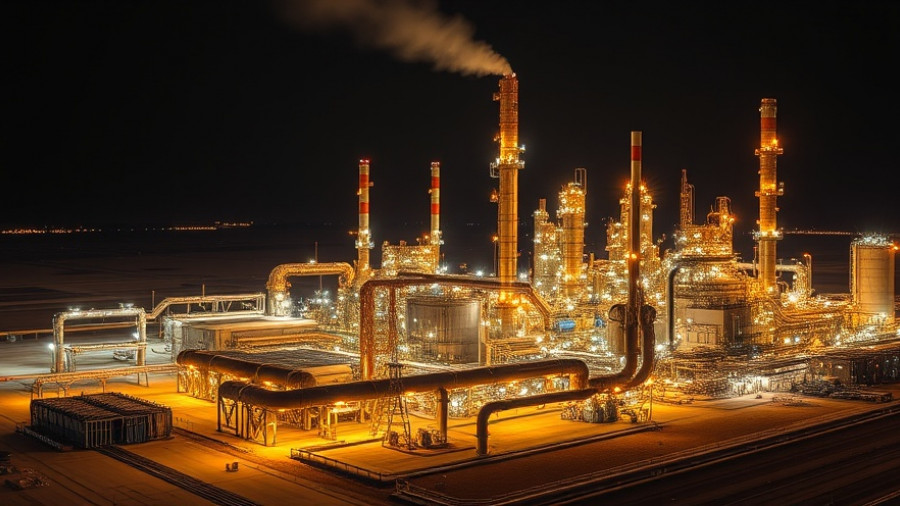
Unveiling the Truth Behind Forged Engineering Signatures
A recent incident in Florida has highlighted serious ethical dilemmas in the construction industry. A son of a licensed engineer was found forging his father’s signature on hundreds of engineering documents. This action not only jeopardized the integrity of projects but also raises questions about accountability and oversight within the commercial construction sector.
Why This Matters: The Implications for Project Efficiency
Forged signatures can lead to disastrous outcomes, including structural failures and project delays, ultimately costing companies and clients significant amounts of money. When the line between legitimate engineering practices and forgery blurs, it undermines the trust that clients place in construction companies. Ensuring project efficiency should involve not only implementing advanced technologies but also fostering a culture of transparency and responsibility.
Cultural and Ethical Insights: Signature Forgery Goes Beyond the Individual
Forging a signature is not just a personal failing; it reflects systemic issues within the industry. When engineers delegate their responsibilities or overlook rigorous quality checks, they contribute to an environment where fraud can fester. It's essential for organizations to cultivate a culture where ethical practices are the norm, especially as technology plays a larger role in project management.
The Role of Technology in Mitigating Risks
As the construction industry continues to evolve, integrating technology can help mitigate risks associated with forgery and other unethical practices. Innovations like blockchain for contract management and digital signature verification can enhance transparency. By establishing a more reliable chain of documentation, construction companies can rely on technology to discourage forgery and reinforce accountability.
Real-Life Example: When Forgery Went Awry
Viewing this incident through the lens of prior cases, we see parallels to other construction mishaps rooted in documentation irregularities. Take for instance the infamous collapse of the Hard Rock Hotel in New Orleans, where improperly certified work was a key factor in the disaster. Such examples emphasize the crucial need for meticulous document verification processes in the industry.
Looking Forward: Addressing Ethical Shortcomings
The incident in Florida serves as a wake-up call for the construction sector. As project owners and firms push for speed and value in their endeavors, they must also prioritize ethical integrity. Embracing a culture that values transparency, supported by the latest technological advancements, will be key to preventing similar ethical breaches in the future. This shift isn’t just a legal necessity; it’s a business imperative.
In conclusion, clients of commercial construction companies must not only focus on project efficiency but also ensure that their partners uphold integrity throughout the process. The lessons learned from this case should propel the industry towards adopting stricter ethical standards as well as modern technologies that safeguard against risks. By doing so, they can deliver quality outcomes while maintaining the trust of the clients they serve.
 Add Row
Add Row  Add
Add 




Write A Comment